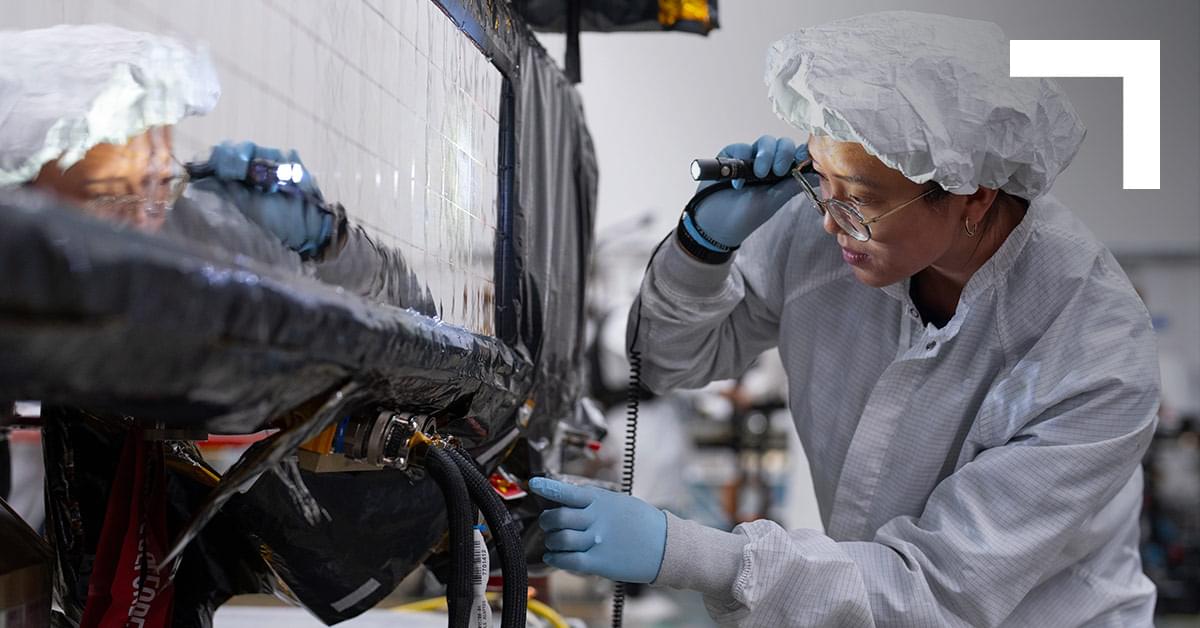A research team has developed autonomous driving software that allows inexpensive sensors to detect transparent obstacles such as glass walls, providing an alternative to high-performance sensors. This technology can be used in existing robots, negating the need for additional equipment while ensuring detection performance that is equal to that offered by expensive conventional equipment.
The paper is published in the journal IEEE Transactions on Instrumentation and Measurement. The team was led by Professor Kyungjoon Park at the Department of Electrical Engineering and Computer Science, Daegu Gyeongbuk Institute of Science & Technology.
Autonomous driving robots typically use LiDAR sensors to detect their surroundings and navigate. Functioning as “laser eyes,” expensive LiDAR sensors determine distance and structure by projecting light and measuring reflection time.









